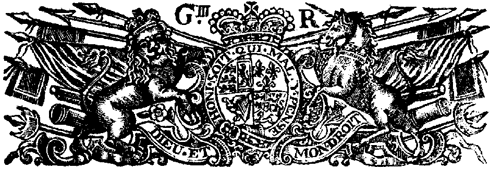 First
Foot Guards
First
Foot Guards First
Foot Guards
First
Foot Guards
The Organization of the
British Army
History
of the First Foot Guards
Click
Organization
of the First Foot Guards
Click
Organization
of a typical Line Regiment (1775)
Guards
organization was different
Click
Order of
Battle
at New York City
and Pennsylvania
Click
The
British Army in the American Revolution
Historian EE
Curtis on the difficulties
Click
Regiments of the army
Location of
the Regiments in 1775
Click
Provisioning the army
What the troops
got to eat
Click
Ranking
within a Line Regiment
Notes on
the command structure
Click
English
establishment
Listing of regiments and their
strengths
Click
Pay
scale of the army
How much more pay did Guards get over
Line Regiments?
Click
Cost of
Officers' Commissions
How much did officers have to shell
out?
Click
The
Chirugeon
Who were the staff, and what were
their qualifications?
Click
The
Engineer
Mr Montresor and his travels in
America.
Click
The British Army in the American Revolution.
"Ever since the American Revolution became a subject of investigation, no little discussion has been paid to the continental army. The British army, on the other hand has received but passing notice. Writers have frequently assumed that it was a smooth-running fighting machine which failed because badly directed. The impression has been created that it wanted in nothing save success. We are asked to picture Washington's men as ragged and half-starved, while Howe's are to be imagined as warmly-clothed and well-fed. In fact the well-equipped forces of the crown in scarlet coats and gold braid have traditionally been used as a foil to set off the wants and sufferings of the tattered Continentals."
So wrote Edward E Curtis in
his Yale doctoral thesis, which was published in 1926
in New Haven as:
The Organization of the British Army in the American Revolution.
This excellent study has
been reprinted (1998) by:
Corner House Historical Publications
14 Catherine street, PO Box 207
Gansevoort NY 12831
518-798-3039
cornerhousebooks.com
Curtis went on to become Professor of North American history at Wellesley College in Massachusetts, a post he held for many decades.
Curtis wrote his thesis to test the accuracy of this view expressed above and to shed light on the methods employed in recruiting, transporting and subsisting the army in America. After a thorough and critical discussion of these aspects, supported by fascinating tables of contemporary data and supported by copious citations, Curtis concludes that:
"The failure of British armies in the American Revolution cannot be ascribed to want of courage on the part of the officers or men. No braver troops ever shed their blood for the flag of England than those who thrice charged up bunker Hill or who attacked the American lines at Saratoga. The failure was due partly to inept generalship, partly to natural difficulties, and partly to maladministration. In this study, emphasis has been laid on the last two factors. The blunders of British generals have frequently been stressed, but the negligence, corruption and inefficiency which pervaded the administration of the army and the manifold obstacles that stood in the way of an attempt to suppress rebellion in America have rarely been accorded adequate recognition.
"As regards the matter of natural difficulties, indeed the king's troops had more to contend with than their opponents. They were separated from their base by a broad expanse of the Atlantic. Supplies had to be brought a distance of three thousand miles by water. In these days of steam-propelled ships, it is no small achievement, as the recent war [ World War I] demonstrated. Infinitely more difficult it was in the era of laggard sailing vessels, which were at the mercy of every wind.
Go to
Gallery
To see old portraits and new photos of the regiment
Click
Go to
First Foot Guards
homepage
Click